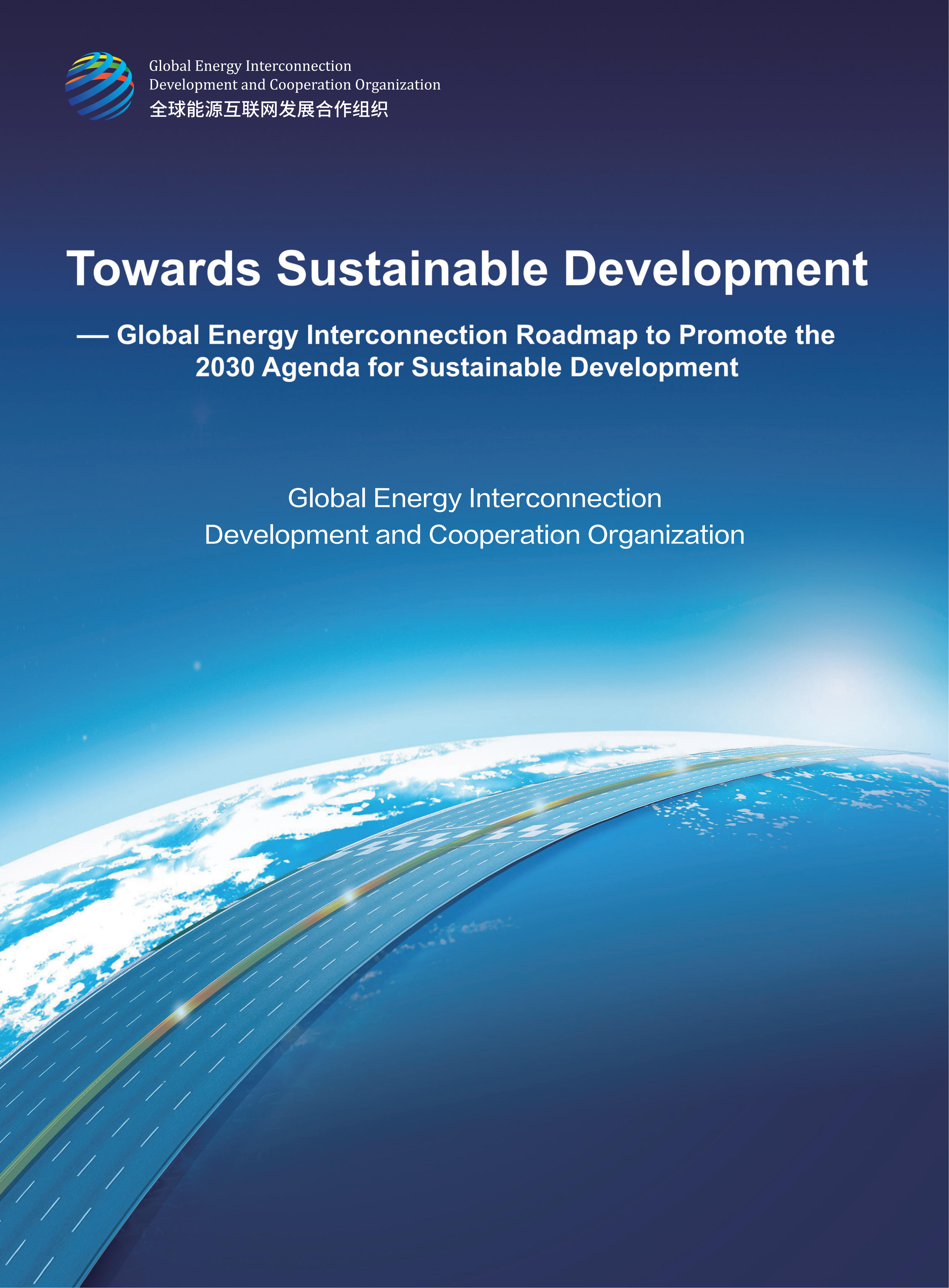Towards Sustainable Development
Second, energy constitutes a basic guarantee of economic development. From 1990
to 2017, global primary energy consumption increased by 59%, boosting global GDP by
111%. In the process of industrialization, countries like Japan and South Korea witnessed
a higher growth rate in energy consumption than in GDP—that is, the elasticity ratio
of energy consumption was greater than 1. In the post-industrialization period, energy
consumption growth has slowed, but at a steady rate. On the other hand, shortages of
energy seriously confine economic development. For example, the Oil Crisis in 1974
caused an energy gap of 116Mtce in the United States, decreasing industrial production
by 14% and GDP by USD 93 billion. Japan’s industrial production fell by more than 20%
and its GDP by USD 48.5 billion. It is estimated that by 2050, global demand for primary
energy will increase 30% from 2017 to reach 26Gtce [2], which will only heighten energy’s
role as guarantor of economic development.
Third, energy “fuels” a wide range of industries. In terms of industrial development,
energy has a clear driving effect on the development of related upstream and downstream
industries—such as chemical engineering, steel, metallurgy, transport, construction,
machinery and materials. Taking the steel industry as an example: in the 1950s, an
abundant supply of inexpensive coal and oil in the international market stimulated the
expansion of a global steel industry; from 1950 to 1974, the number of countries with a
steel output exceeding 10 million tonnes increased from 4 to 16, and the global annual
output of steel soared from 189 million to 626 million tonnes. Regionally, energy base
construction intensely stimulates economic development. Composite industrial bases
with energy as their central business—such as in Appalachia of the USA, Kuzbass of
the former Soviet Union, Ruhr of Germany, and Daqing of China—have contributed to
the economic development of their regions, their countries, and even the world. From
the perspective of model innovation, the cross-border integration of energy technology
and information, communication, control, and material technologies gives rise to new
industries, new models, and new businesses, creating new points of economic growth.
2.1.2 Energy and Social Sustainable Development
Beyond progressing social productivity, energy also significantly advances the formation
and development of relations of production, exerting a great impact on social forms,
structures, and models of operation.
First, energy is a key element in the development and transformation of the social
system. From primitive society, slave society, and feudal society to capitalist society
and socialist society, humanity has continuously relied on energy to improve its ability
to transform nature; energy is a major driver of social change. Therefore, the process of
energy development and transition will inevitably revitalize and optimize the entire macro-
social system, including social structures, institutions, and relations. In this sense, energy
has a profound effect on a wide range of deep social phenomena—from ideological
cognition to social equity, the wealth gap, and medical education.
Second, energy occupies a key position in the international order. The world’s
geopolitical structure has long been tied to energy, especially oil, and energy security has
been a core concern for all countries. Since the 1970s, many wars have stemmed from
030

